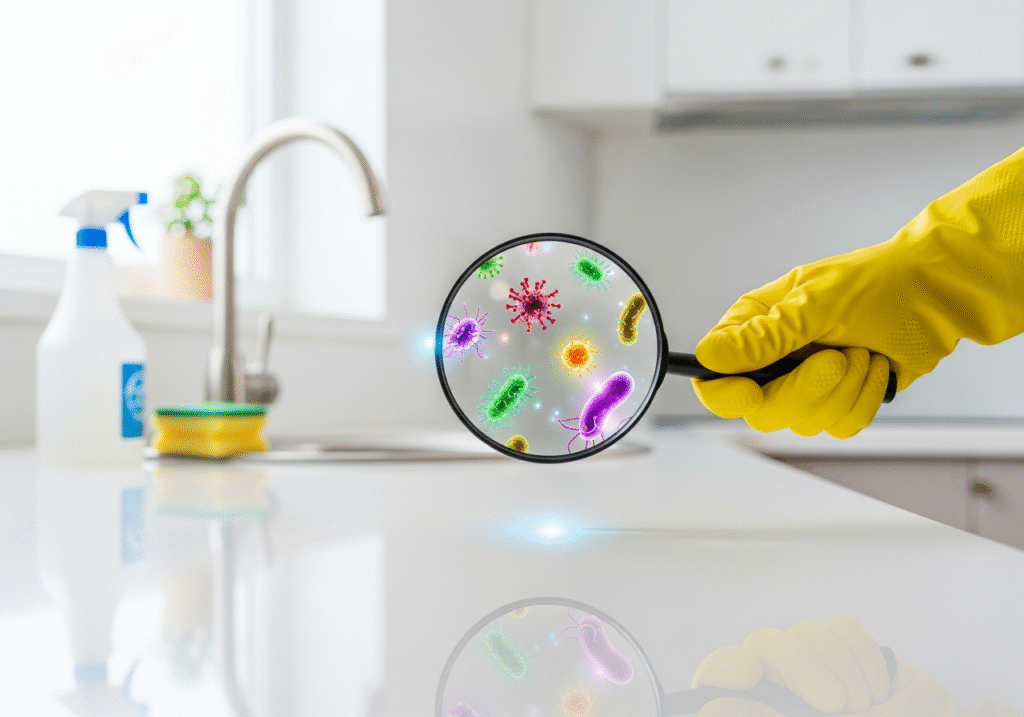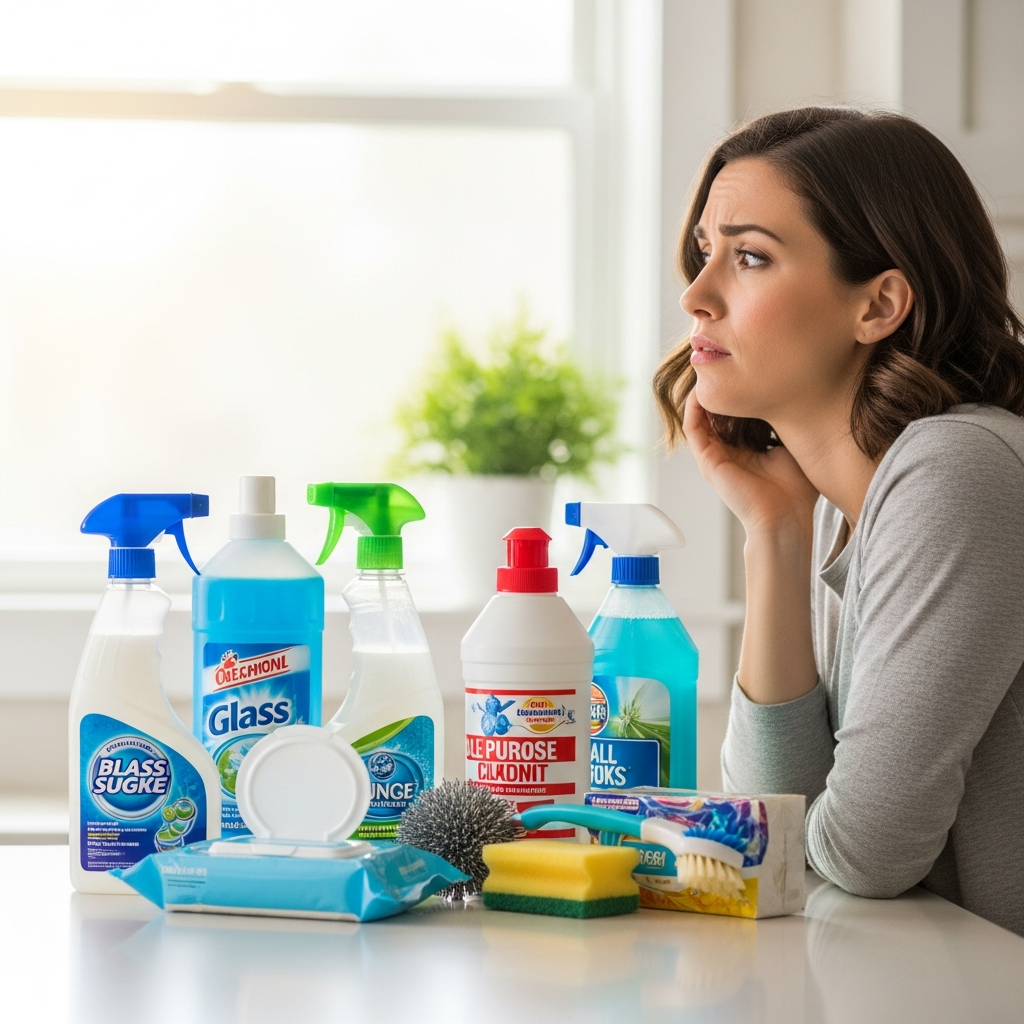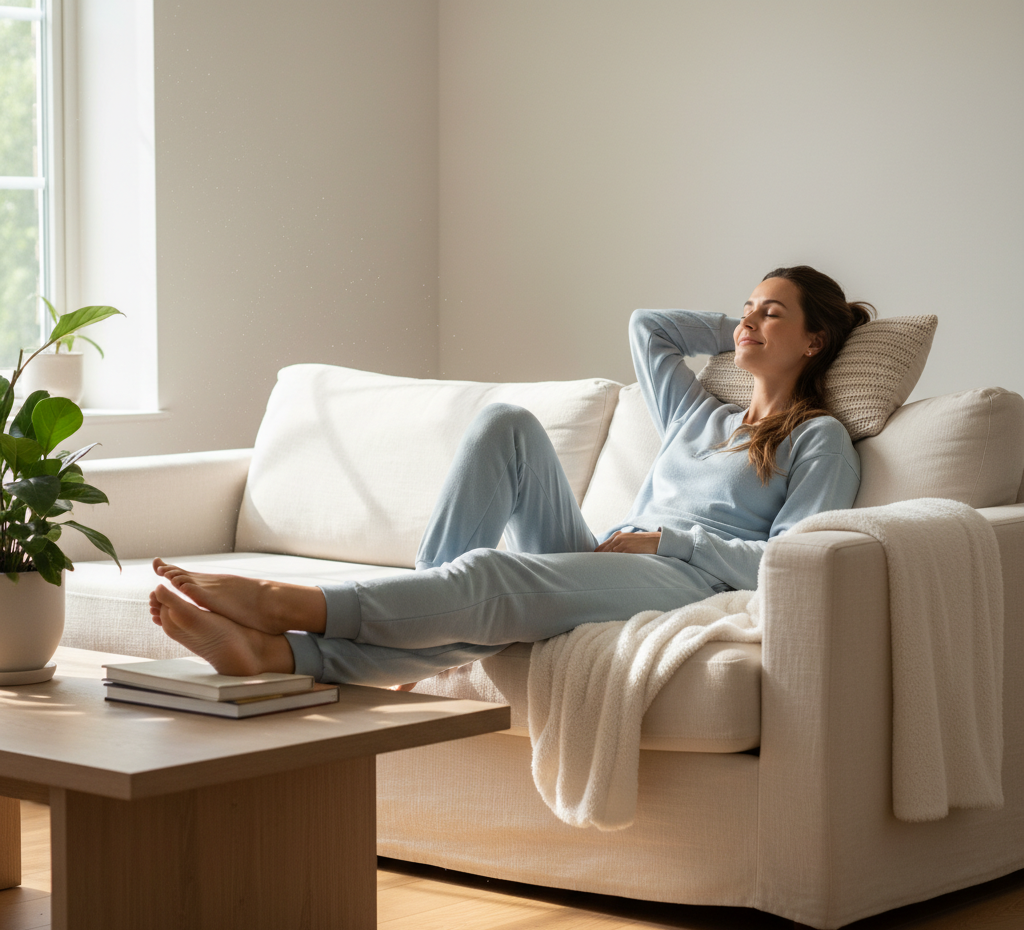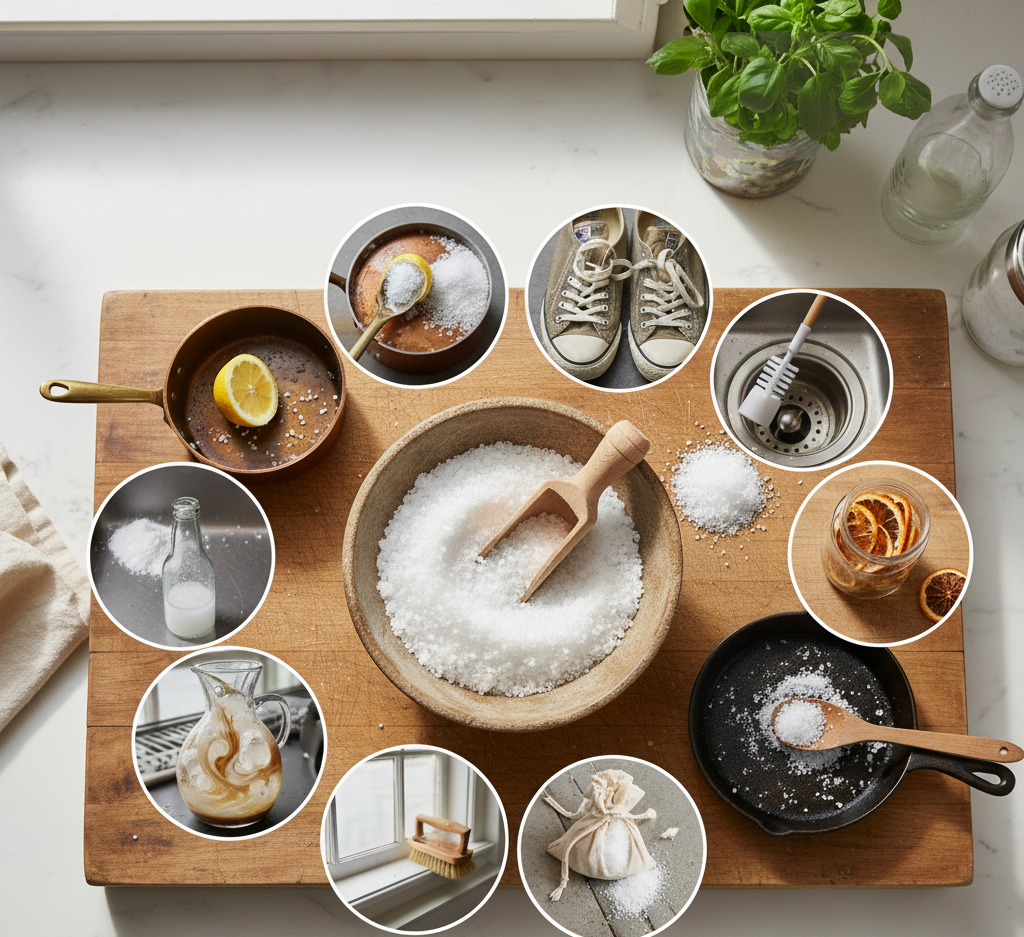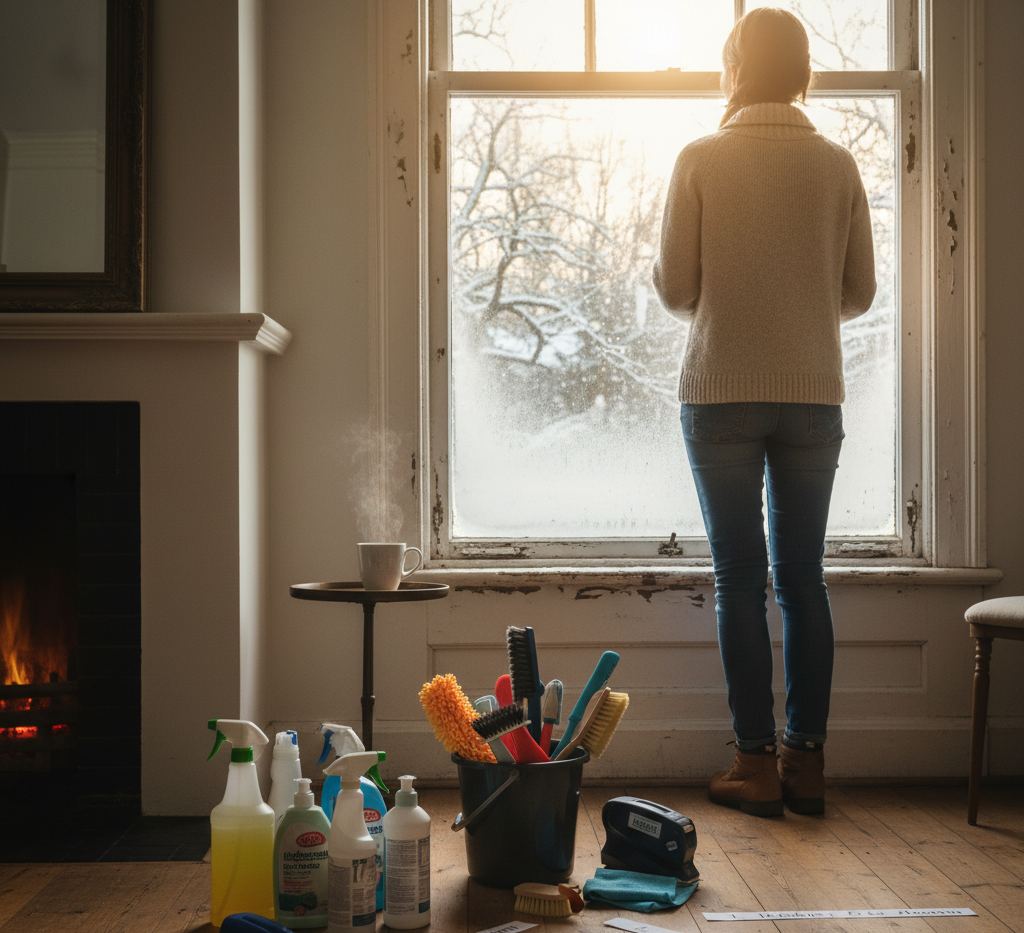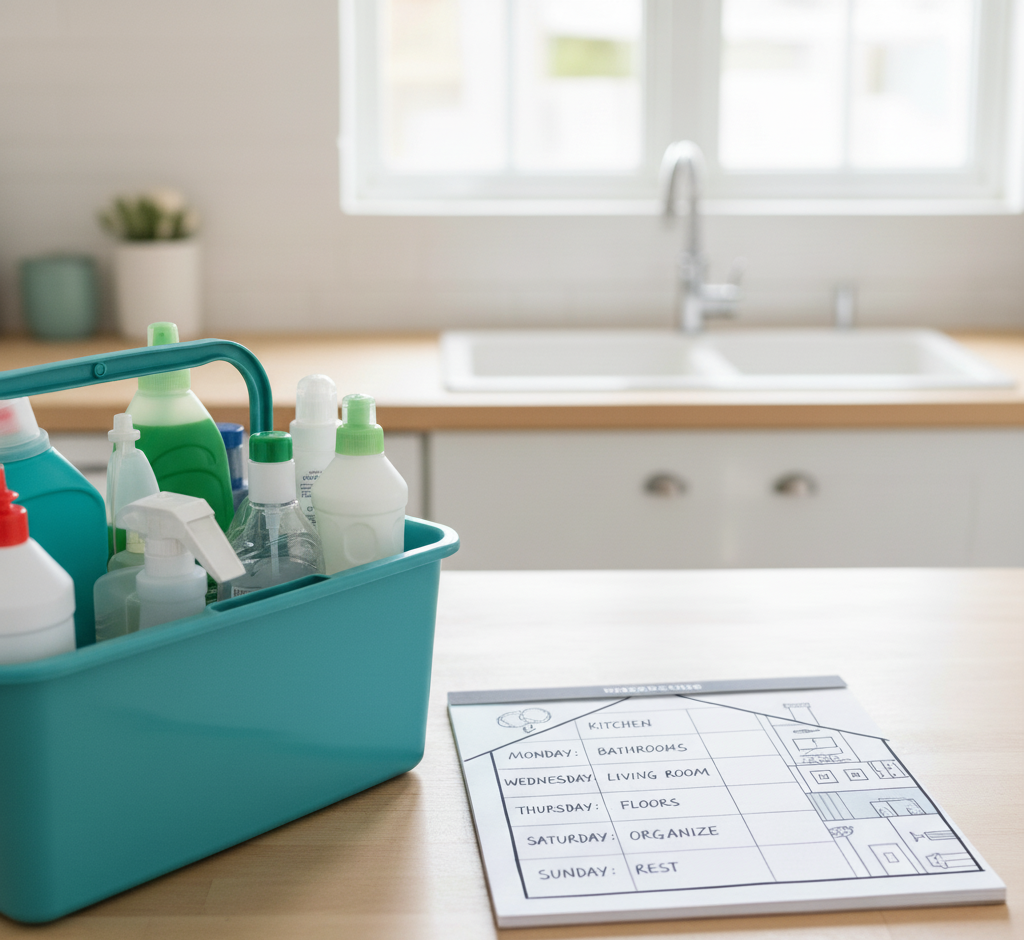Gutter Cleaning: Why Gutter Cleaning is the Most Critical Winter Prep Task
The structural integrity of a house is often determined by how effectively it manages water. Gutter cleaning and preventative maintenance are essential. While the roof acts as the primary protection against precipitation, the gutter system functions as the fundamental drainage network that directs this water away from vulnerable parts of the building. However, this critical system is frequently neglected until a visible problem arises, such as a waterfall cascading over the front door or a damp spot appearing in the basement. This negligence creates a cascade of mechanical and structural failures that can cost thousands of dollars to repair. The simple, periodic act of gutter cleaning is the single most effective maintenance task a homeowner can perform to prevent water damage, yet it remains one of the most procrastinated chores due to the difficulty and danger involved in reaching the roofline. Blockage To understand why gutter cleaning is non-negotiable, one must understand the physics of a clogged trough. When leaves, twigs, and organic debris accumulate in a gutter, they create a dam. During a rainstorm, the water running off the roof carries granules from the shingles and fine dust, which mixes with the decomposing leaves to form a heavy, dense sludge. This muck does not dry out easily. It sits in the metal channel, adding immense weight to the fascia boards that hold the gutters in place. Over time, this weight causes the gutters to pull away from the house, ruining the pitch—the slight angle necessary for water to flow toward the downspout. Once the pitch is ruined, water pools even when the debris is removed, creating a permanent mosquito breeding ground and a rust accelerant for steel gutters. Regular gutter cleaning removes this weight before it can alter the geometry of the drainage system. The most severe consequence of failing to perform gutter cleaning occurs at the foundation of the home. The primary purpose of a gutter is to transport roof water at least six to ten feet away from the perimeter of the house. When gutters are clogged, water overflows the sides and falls directly down against the foundation walls. This soil saturation creates hydrostatic pressure, a force where the weight of the water pushes against the concrete or stone of the basement walls. Eventually, this water finds a crack or a porous section and enters the home. A wet basement is rarely caused by a rising water table; it is almost always caused by surface water that was not properly diverted. The cost of waterproofing a basement is astronomical compared to the cost of routine gutter cleaning, making the latter an essential investment in the longevity of the concrete footing and slab. Furthermore, the damage extends upward to the roof itself. In colder climates, a clogged gutter is the primary architect of the ice dam. When snow melts on the upper, warmer parts of the roof, it runs down toward the eaves. If the gutter is full of frozen debris, the meltwater cannot escape. It freezes, building a wall of ice. Subsequent meltwater pools behind this ice wall and backs up under the shingles. As this water sits against the roof deck, it seeps through nail holes and seams, destroying the insulation in the attic and rotting the plywood sheathing. This can lead to interior leaks that ruin drywall and paint inside the living quarters. Performing gutter cleaning in the late autumn, after the leaves have fallen but before the first freeze, is the only way to ensure the channel remains clear for meltwater to pass through safely. Compost Bin Biology also plays a significant role in the necessity of this chore. A gutter filled with rotting organic matter is essentially a compost bin elevated twenty feet in the air. This environment is attractive to a host of pests. Carpenter ants, mosquitoes, and even rodents find shelter and moisture in the debris. Birds often build nests in the corners of gutters, which completely block water flow. As these animals establish themselves, they often look for ways to enter the attic warmth, chewing through fascia boards or soffit vents. Regular gutter cleaning disrupts these habitats and removes the food sources and nesting materials that invite vermin into the structure of the house. It turns the gutter back into a cold, metal channel rather than a warm, organic ecosystem. The timing of gutter cleaning is dictated by the flora surrounding the property. For most homes, a twice-yearly schedule is the minimum requirement. The spring clean is necessary to remove the seeds, buds, and “helicopters” (maple keys) that fall as trees wake up. These small particles are particularly dangerous because they pack tightly into the downspouts, creating dense plugs that are difficult to dislodge. The autumn clean is the heavy lifting phase, dealing with the bulk volume of deciduous leaves. However, homes surrounded by pine trees face a year-round battle. Pine needles are insidious; they mat together and resist the flow of water, often bypassing gutter guards. For these properties, gutter cleaning may be required quarterly to prevent the needles from turning into a hardened acidic mat that corrodes aluminum and copper. Protection The process of gutter cleaning itself is physically demanding and fraught with risk. Ladder safety is the most critical component. Thousands of emergency room visits every year are attributed to falls from ladders during home maintenance. The ladder must be placed on firm, level ground, often difficult to find in garden beds or on sloped driveways. It must be set at the correct angle—the one-to-four rule—to prevent it from sliding out at the base or tipping backward. Furthermore, leaning a ladder against a metal gutter can dent the thin aluminum, compromising the aesthetic and function of the system. Professionals use standoff arms or stabilizers that rest on the roof surface or the wall, protecting the gutter lip. For the average homeowner, the physical act of climbing up and down, moving the ladder every four feet, creates fatigue that increases the likelihood of an accident. This danger is a primary reason why gutter cleaning is often outsourced to experts who have the equipment and training to work
Gutter Cleaning: Why Gutter Cleaning is the Most Critical Winter Prep Task Read More »

